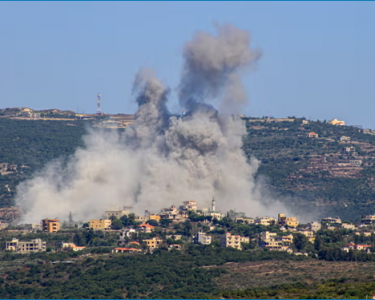
NEW YORK, July 9 (NNN-AGENCIES) – A study by the United Nations on Monday showed that Asia’s average homicide rate is the lowest in the world with only 2.3 killings per 100,000 people per year, making the continent a relative haven of peace, especially compared to South America, which has a rate of 25 murders per 100,000 inhabitants.
The Global Study on Homicide 2019, which was released in Vienna by the UN Office on Drugs and Crime, showed that while the Asian average remained low, there was still a significant regional disparity between the most developed nations and the emerging economies.
For example, just in Southeast Asia, there are major differences: the rate of homicide in the Philippines (8.4) is 42 times higher than that of Singapore, with its rate of 0.2 per 100,000.
The study indicates that the Philippines has suffered a sharp increase as part of a trend related to a rise in organized crime – especially violence carried out by clandestine vigilante groups who take justice into their own hands – and an uptick in Islamic terrorism.
Asia’s low continental average, however, can be partly explained by the huge populations of countries such as China, Japan and Korea, which all boast less than one homicide per 100,000 people in a year.
In addition, their secret lies in the push for modernization policies – with a special emphasis on educational achievements – along with a culture that rewards long-term plans, according to the UNODC.
In fact, the study shows Singapore as an example of success in the fight against homicidal violence, as opposed to the situation in Jamaica.
After their independence from the British in the early 1960s, both countries possessed similar socioeconomic figures, political systems and crime rates.
But in 2017, Singapore had a homicide rate of 0.2 and Jamaica a sky-high 57 per 100,000.
What happened in the intervening 60 years? The Asian country, on the one hand, developed a model of corruption control and invested in health, education and public housing. Jamaica, on the other, saw the prevalence of a system of political violence and the widespread influence of criminal “godfathers,” which later led to the emergence of armed drug trafficking groups.
Meanwhile, in Africa, two countries – Nigeria and South Africa – saw almost half of the entire continent’s homicides.
In Nigeria’s case – though the data is unreliable – the violence perpetrated by the terror group Boko Haram played a significant role, while South Africa is one of the most violent countries of the world with a rate of 30 homicides for every 100,000 people.
The good news: the republic’s homicide rate has gone down significantly from the figures of 70-80 per 100,000 recorded in the early 1990s. The bad news: over the past five years, it has started to rise again.
NNN-AGENCIES






